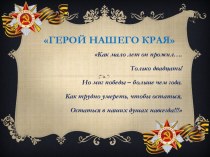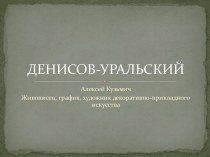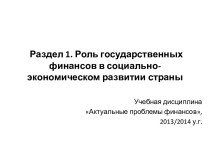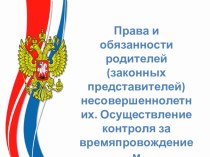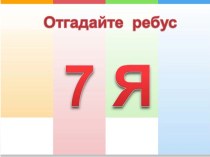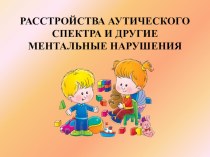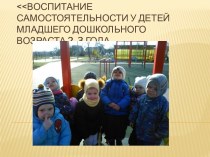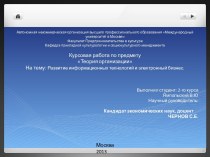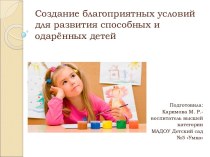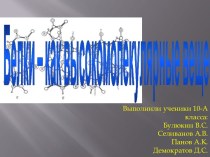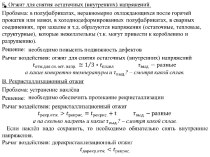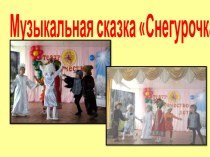- Главная
- Разное
- Бизнес и предпринимательство
- Образование
- Развлечения
- Государство
- Спорт
- Графика
- Культурология
- Еда и кулинария
- Лингвистика
- Религиоведение
- Черчение
- Физкультура
- ИЗО
- Психология
- Социология
- Английский язык
- Астрономия
- Алгебра
- Биология
- География
- Геометрия
- Детские презентации
- Информатика
- История
- Литература
- Маркетинг
- Математика
- Медицина
- Менеджмент
- Музыка
- МХК
- Немецкий язык
- ОБЖ
- Обществознание
- Окружающий мир
- Педагогика
- Русский язык
- Технология
- Физика
- Философия
- Химия
- Шаблоны, картинки для презентаций
- Экология
- Экономика
- Юриспруденция
Что такое findslide.org?
FindSlide.org - это сайт презентаций, докладов, шаблонов в формате PowerPoint.
Обратная связь
Email: Нажмите что бы посмотреть
Презентация на тему Members of the house of commons
Содержание
- 2. The UK public elects Members of Parliament
- 3. MPs split their time between working in
- 4. The UK is divided into 650 areas
- 5. At a general election, all constituencies become vacant
- 6. The UK Parliament has MPs from areas
- 7. Nearly all MPs represent political parties. The
- 8. History of the party system The system
- 9. Where do MPs sit in the Commons?
- 10. Frontbenchers and backbenchersIn both the Commons and
- 11. Скачать презентацию
- 12. Похожие презентации
The UK public elects Members of Parliament (MPs) to represent their interests and concerns in the House of Commons
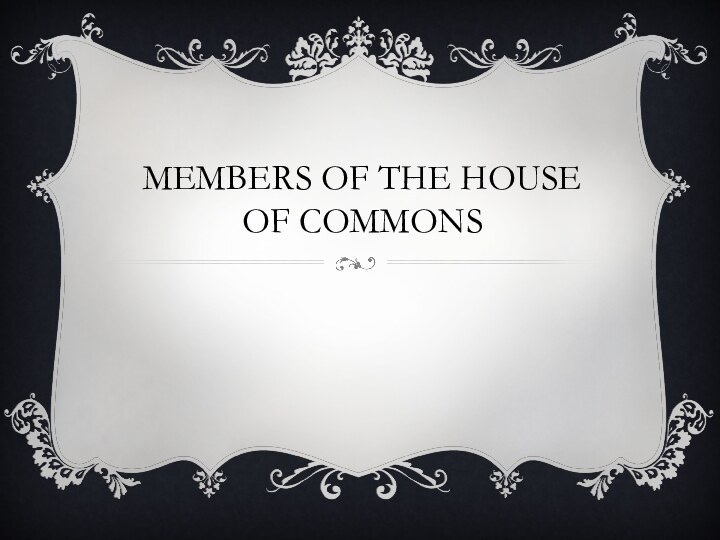
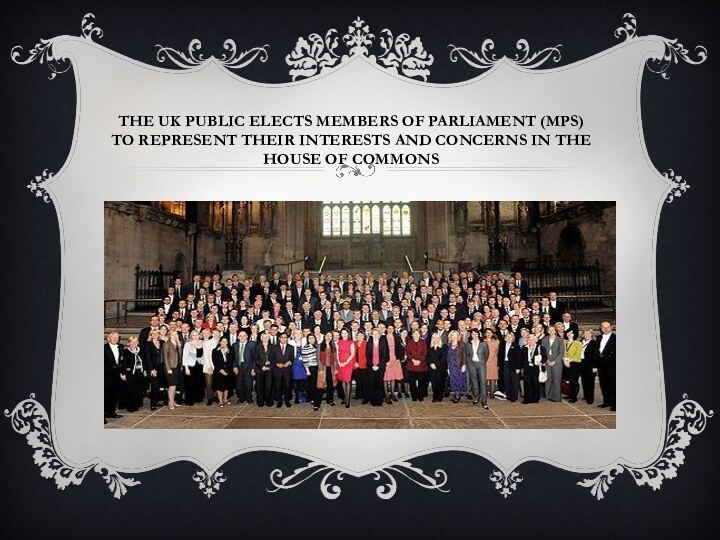

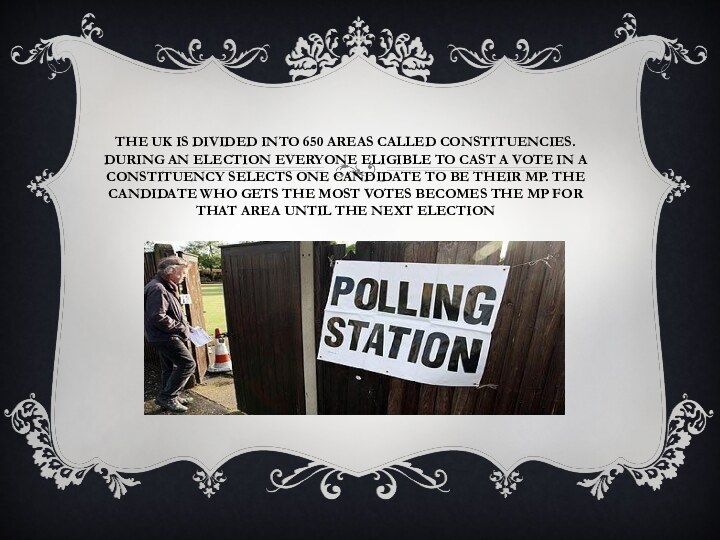
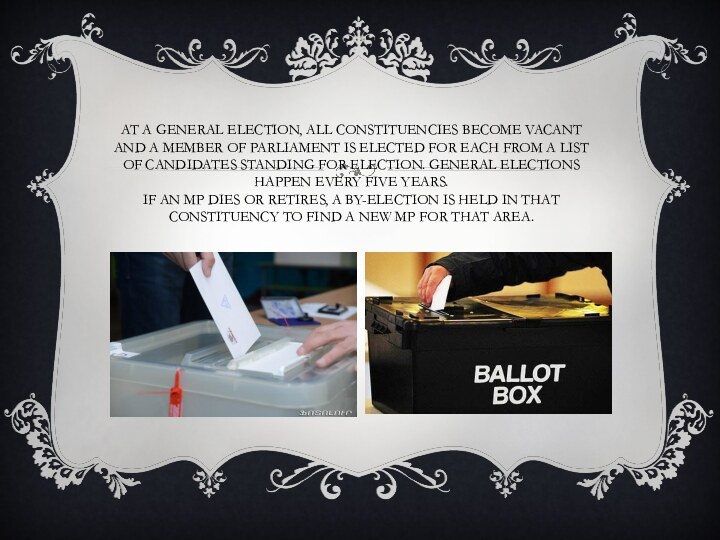
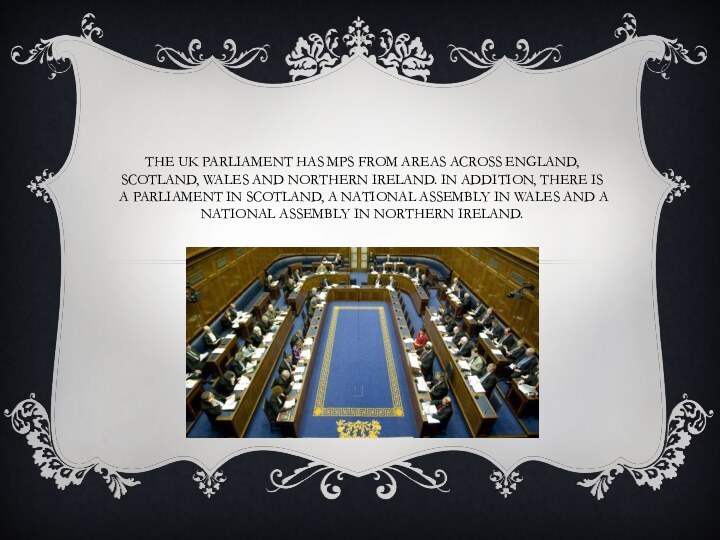
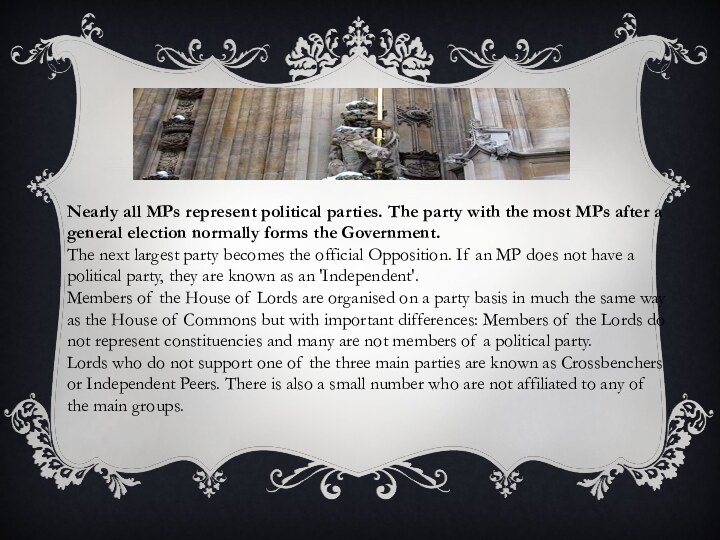
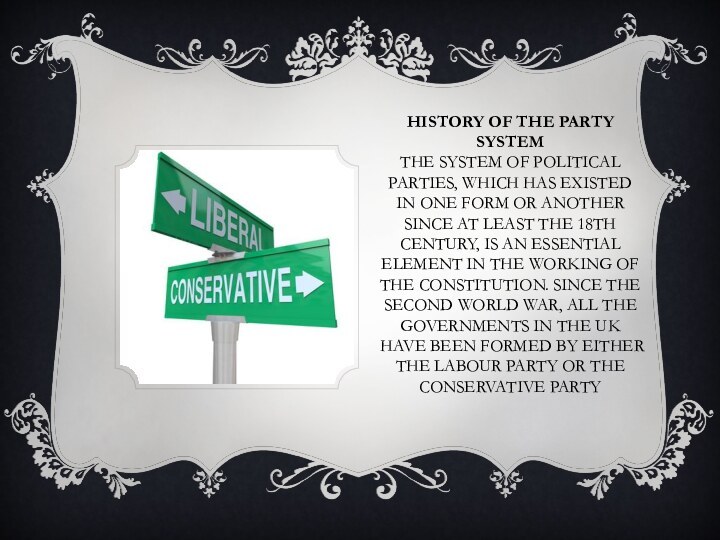
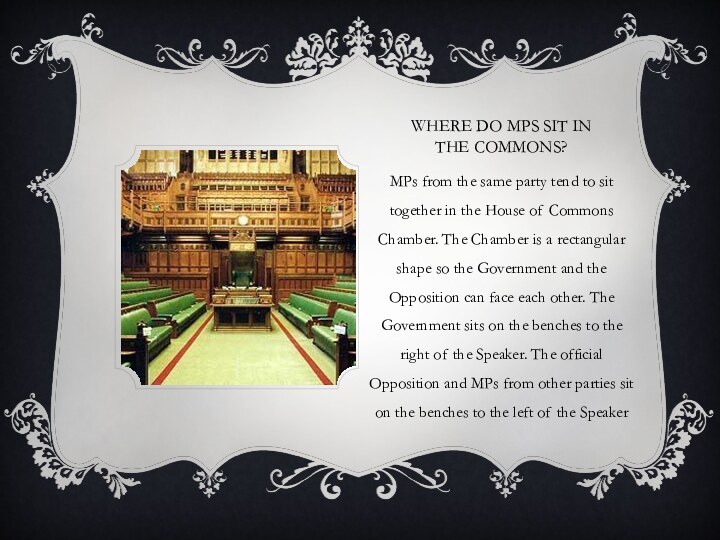
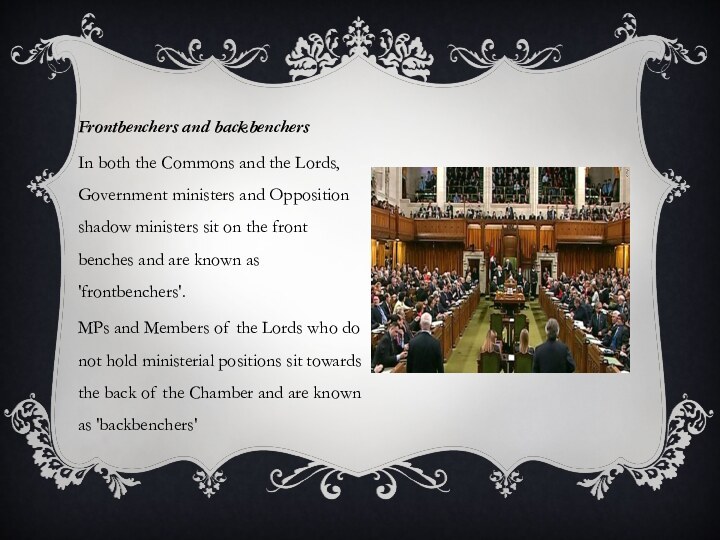
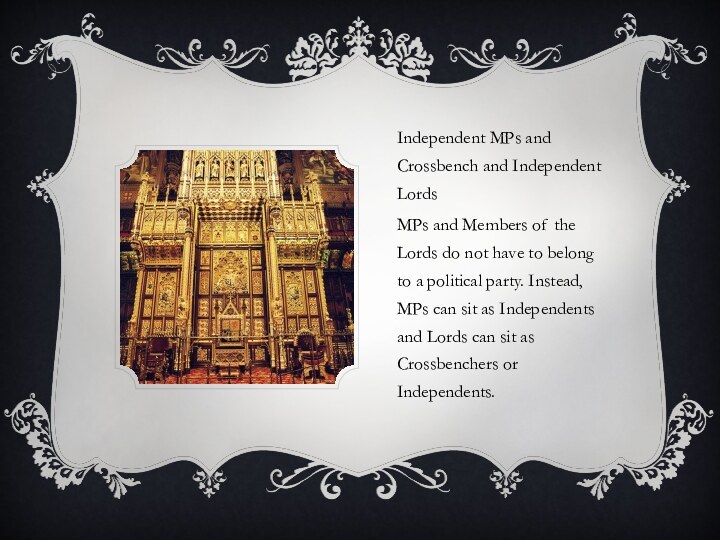
Слайд 3 MPs split their time between working in Parliament
itself, working in the constituency that elected them and
working for their political party. When Parliament is sitting (meeting), MPs generally spend their time working in the House of Commons. This can include raising issues affecting their constituents, attending debates and voting on new laws.Слайд 4 The UK is divided into 650 areas called
constituencies. During an election everyone eligible to cast a
vote in a constituency selects one candidate to be their MP. The candidate who gets the most votes becomes the MP for that area until the next electionСлайд 5 At a general election, all constituencies become vacant and
a Member of Parliament is elected for each from
a list of candidates standing for election. General elections happen every five years. If an MP dies or retires, a by-election is held in that constituency to find a new MP for that area.Слайд 6 The UK Parliament has MPs from areas across
England, Scotland, Wales and Northern Ireland. In addition, there
is a Parliament in Scotland, a National Assembly in Wales and a National Assembly in Northern Ireland.Слайд 7 Nearly all MPs represent political parties. The party
with the most MPs after a general election normally
forms the Government. The next largest party becomes the official Opposition. If an MP does not have a political party, they are known as an 'Independent'. Members of the House of Lords are organised on a party basis in much the same way as the House of Commons but with important differences: Members of the Lords do not represent constituencies and many are not members of a political party. Lords who do not support one of the three main parties are known as Crossbenchers or Independent Peers. There is also a small number who are not affiliated to any of the main groups.Слайд 8 History of the party system The system of political
parties, which has existed in one form or another
since at least the 18th century, is an essential element in the working of the constitution. Since the Second World War, all the Governments in the UK have been formed by either the Labour Party or the Conservative Party
Слайд 9
Where do MPs sit in the Commons?
MPs from
the same party tend to sit together in the
House of Commons Chamber. The Chamber is a rectangular shape so the Government and the Opposition can face each other. The Government sits on the benches to the right of the Speaker. The official Opposition and MPs from other parties sit on the benches to the left of the Speaker
Слайд 10
Frontbenchers and backbenchers
In both the Commons and the
Lords, Government ministers and Opposition shadow ministers sit on
the front benches and are known as 'frontbenchers'.MPs and Members of the Lords who do not hold ministerial positions sit towards the back of the Chamber and are known as 'backbenchers'
